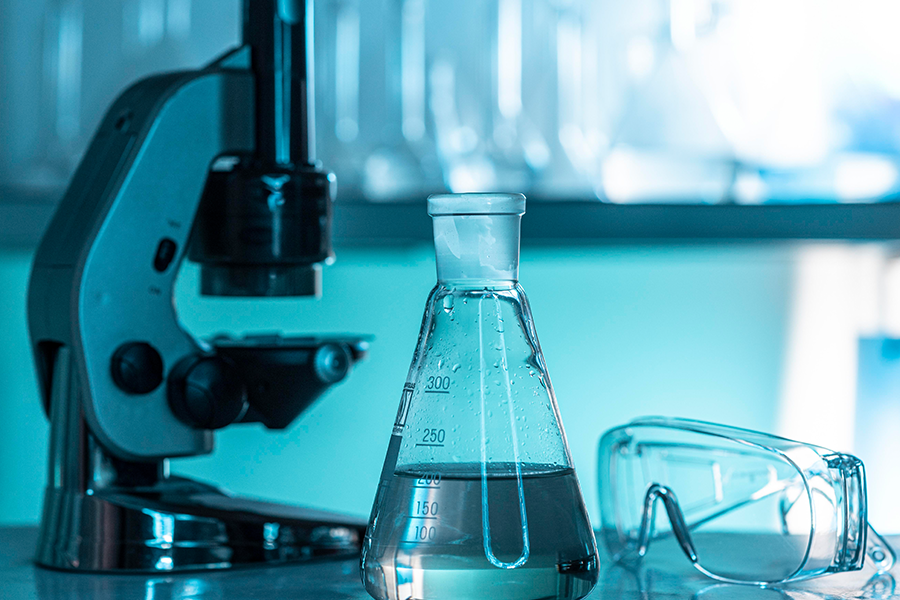One study compared the respiratory physiology, clinical outcomes, and extrapulmonary clinical features of severe Covid-19 with non-Covid acute respiratory distress syndrome (ARDS). No significant differences were found.

Although patients with severe SARS-CoV-2 (Covid-19) illness met clinical criteria for ARDS, early reports suggested clinical and physiological differences from non-Covid-19 ARDS patients.
This has led to “treatment recommendations that deviate from standard evidence-based practices for ARDS”.
Patients with severe coronavirus disease meet clinical criteria for ARDS, however early reports suggested that they differ physiologically and clinically from patients with non-Covid-19 ARDS, which leads to treatment recommendations that deviate from practices for ARDS.
Study objectives
To compare the respiratory physiology, clinical outcomes, and extrapulmonary clinical features of severe Covid-19 with non-Covid-19 ARDS.
Methods
A retrospective cohort (group) study was performed. We compared 130 consecutive mechanically ventilated patients with severe Covid-19 and 382 consecutive mechanically ventilated patients with non-Covid-19 ARDS.
Initial respiratory physiology and 28-day outcomes were compared. Extrapulmonary manifestations (inflammation, extrapulmonary organ damage and coagulation) were compared in an exploratory analysis.
Results
Comparison between Covid-19 and non-Covid-19 patients suggested small differences in respiratory compliance, ventilator efficiency, and oxygenation.
Mortality after 28 days was 30% in patients with Covid-19 and 38% in patients with non-Covid-19 ARDS.
Covid-19 patients had lower neutrophil (type of white blood cells) counts, but they did not differ in lymphocyte counts (type of white blood cells) or other measures of systemic inflammation.
Conclusions
The authors conclude:
“In this single-center cohort, we found no evidence of major differences between Covid-19 and non-Covid-19 ARDS.”
“Many key clinical features of Covid-19 were similar to those of non-Covid-19 ARDS, including respiratory physiology and clinical outcomes, although our sample size precludes definitive conclusions.”
An expert’s analysis
Tiago Marques , Infectologist, spoke to us about the subject according to his professional view:
“In practice, what the article demonstrates is that in patients requiring assisted ventilation, ARDS (acute respiratory distress syndrome, defined by consensus criteria) secondary to SARS-CoV-2 is not very different from ARDS secondary to other pathologies.
This was expected since ARDS corresponds to a final stage of pulmonary (viral or bacterial pneumonia, aspiration, inhalation of toxics) or extrapulmonary (sepsis, pancreatitis, multiple trauma) insults. Therefore, it does not seem acceptable to deviate from the ventilation strategies in relation to what is practiced in other etiologies of ARDS.
As a particularity, the injury caused by SARS-CoV-2 in the initial phase (that is, before the ARDS is established) appears to be an acute organizing pneumonia, eventually with vascular involvement. Therefore, timely corticosteroid therapy (treatment with corticosteroids, such as dexamethasone), in optimized doses and adapted to the patient and his clinical evolution, seems to play a role in preventing the rapid worsening that these patients may experience from the seventh day onwards (and which appears to be mediated, at least in part, by antigen-antibody complexes that form at the pulmonary level).”

